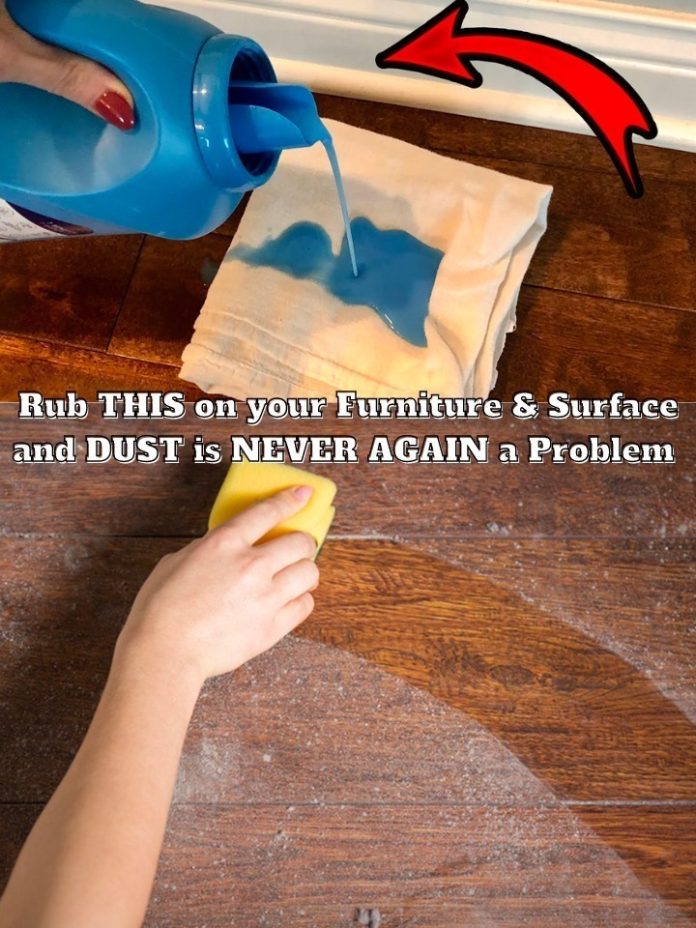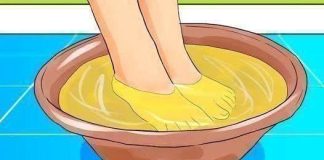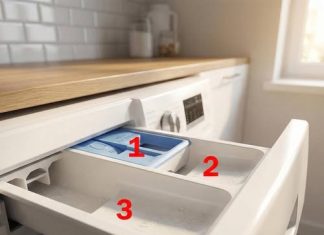Maintaining a dust-free home can be challenging, especially when dust seems to settle shortly after cleaning. Fortunately, a simple, homemade dust-repellent spray can help keep your furniture and surfaces cleaner for longer. This natural solution not only cleans but also creates a barrier that deters dust accumulation.
Understanding the Challenge of Dust
Dust comprises various particles, including dead skin cells, pollen, pet dander, and textile fibers. These particles can accumulate quickly, leading to frequent cleaning sessions. Traditional cleaning methods often remove dust temporarily but don’t prevent its return. Implementing a dust-repellent strategy can significantly reduce the frequency of dusting.
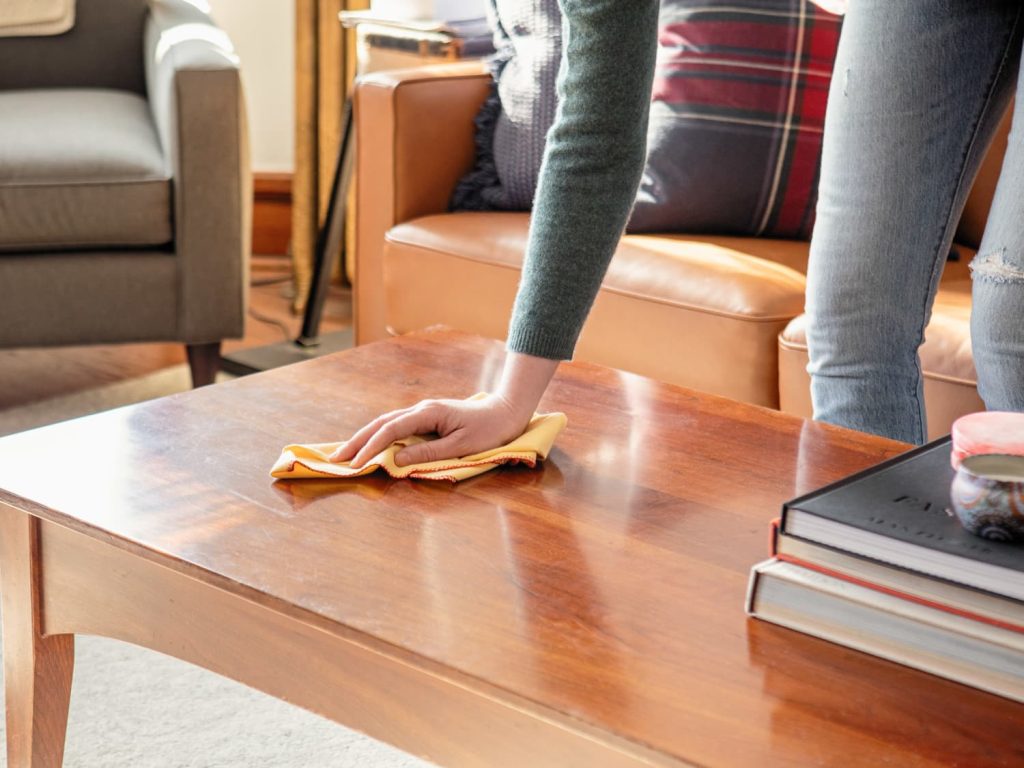
Homemade Dust-Repellent Spray Recipe
Creating your own dust-repellent spray is straightforward and cost-effective. The following recipe utilizes common household ingredients:
Ingredients:
- 1 cup of water
- ½ cup of distilled white vinegar
- 2 tablespoons of olive oil
- A few drops of dish soap
- 10–12 drops of essential oil (e.g., lemon, lavender, or sweet orange)
Instructions:
Combine all ingredients in a spray bottle.
Shake well to ensure thorough mixing.
Before each use, shake the bottle to remix the contents, as separation may occur.
Spray onto a microfiber cloth and wipe down surfaces such as wooden furniture, baseboards, and shelves.
This mixture not only cleans but also leaves a subtle, pleasant scent, enhancing the freshness of your home.
Benefits of the Ingredients
- Vinegar: Acts as a natural disinfectant, effectively cutting through grime and eliminating bacteria.
- Olive Oil: Provides a polished finish and creates a barrier that helps repel dust particles.
- Dish Soap: Enhances the cleaning power by breaking down grease and lifting dirt.
- Essential Oils: Offer a natural fragrance and may possess additional antibacterial properties.
The combination of these ingredients results in a spray that not only cleans but also helps prevent dust from settling quickly.
Application Tips
- Suitable Surfaces: Use on wooden furniture, baseboards, window sills, and other hard surfaces.
- Avoid: Glass, mirrors, and electronic screens, as the oil content may leave streaks or residue.
- Frequency: Apply every two to four weeks, or as needed, to maintain a dust-resistant barrier.
Regular use of this spray can reduce the need for frequent dusting, saving time and effort in your cleaning routine.
Additional Dust-Reducing Strategies
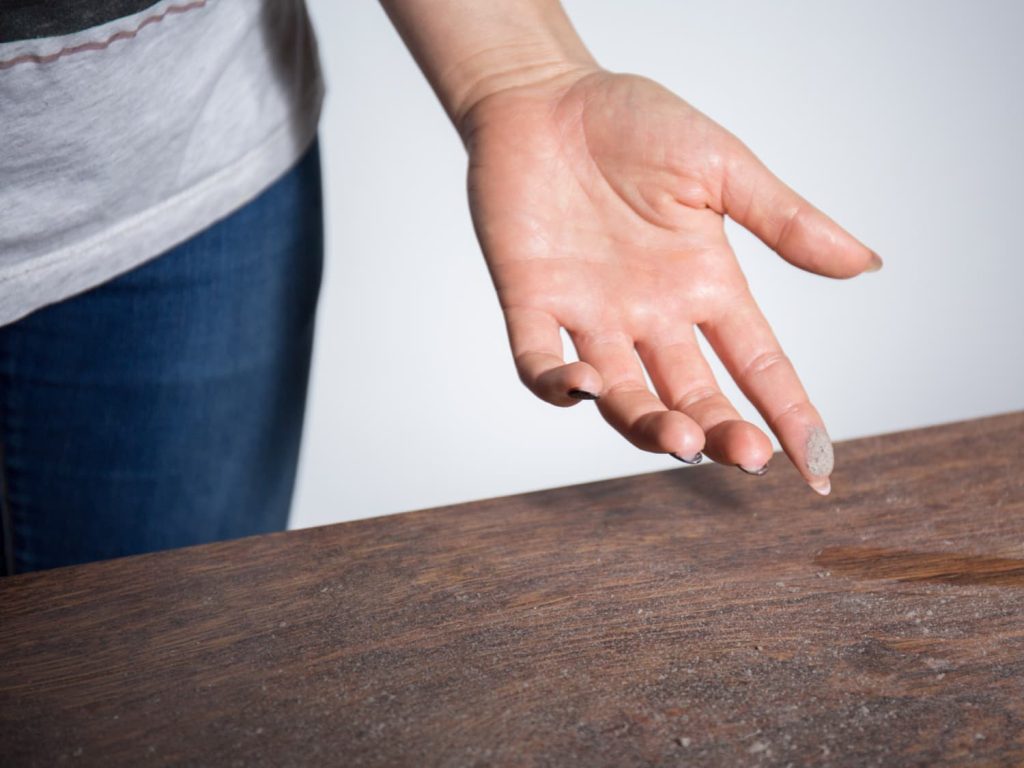
- Use Dryer Sheets: Wiping surfaces with dryer sheets can help repel dust due to their anti-static properties.
- Maintain HVAC Systems: Regularly replace air filters to reduce airborne dust particles.
- Minimize Clutter: Reducing the number of items on surfaces can decrease dust accumulation points.
- Vacuum Regularly: Use a vacuum with a HEPA filter to effectively remove dust from floors and upholstery.
Incorporating these practices alongside the homemade spray can further enhance your home’s cleanliness.
Conclusion
A homemade dust-repellent spray offers an effective and natural solution to reduce dust accumulation on furniture and surfaces. By combining simple ingredients like vinegar, olive oil, and essential oils, you can create a cleaner, fresher home environment with less effort. Regular application, coupled with additional dust-reducing strategies, can significantly minimize the presence of dust, leading to a more comfortable and inviting living space.

